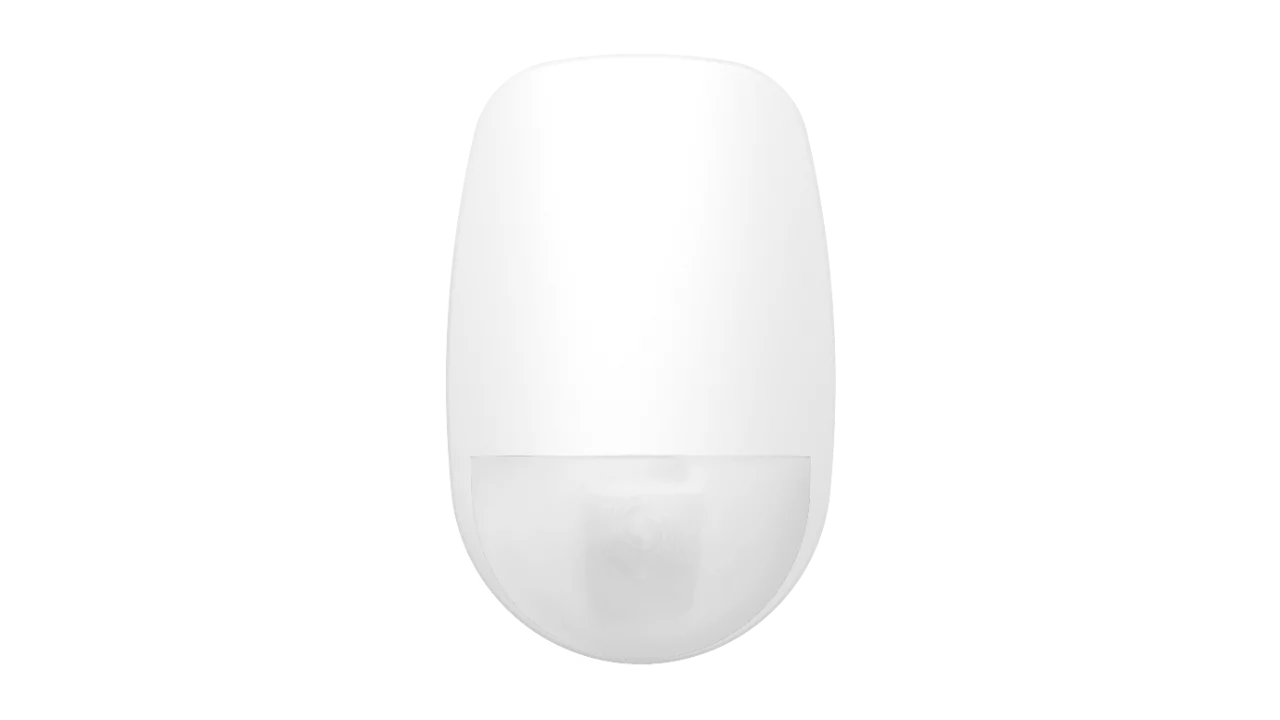Uniview PixelSense: How Does It Improve Low-Light Imaging
The main goal of video surveillance is to ensure clear and continuous viewing in all areas. Cameras need to capture high-quality, colourful images regardless of the lighting. Daytime and nighttime conditions present unique challenges due to light changes. In low light, infrared technology helps cameras "see" by emitting invisible light, producing black-and-white images. Uniview's advanced PixelSense technology improves how cameras measure light levels, replacing older hardware components for better accuracy and sensitivity. All Easy series IP cameras from Uniview are designed to work with this cutting-edge technology.
Limitations of Traditional Photoreceptive Hardware Design
Photoresistors and photodiodes are essential parts of cameras that measure the amount of light in a scene. This helps the camera automatically adjust its infrared (IR) filter, ensuring proper lighting even in low-light conditions. Both components are sensitive to both light and temperature, which helps regulate the electrical flow in the camera. When they detect that the light levels are too low, they trigger the IR lamp to provide additional illumination. However, these components have several drawbacks that can cause problems for camera users.
1. Detect the illumination of the installation environment instead of the image scene
Instead of measuring the light in the specific area being monitored, these components primarily focus on the overall lighting conditions around the camera. This can lead to issues in challenging areas like corners or areas under overhangs where the camera might incorrectly adjust its IR filter. This premature shift can make it difficult for the camera to quickly return to capturing colour images. Consequently, cameras with these features often require more careful and precise installation.
2. Potential hardware failure point
These hardware components can be slow to react to changes in lighting, sometimes taking several minutes to adjust. Furthermore, these electronic parts have a limited lifespan and can fail unexpectedly. This means that even minor hardware problems might require replacing the entire device, leading to increased expenses for the user.
3. Impact on waterproof and dust-proof performance
Cameras need to be highly reliable and able to withstand various weather conditions. However, photoresistors and photodiodes are susceptible to water and dust, making them vulnerable in harsh environments. This can significantly reduce their lifespan and compromise the camera's overall performance.
How PixelSense Work
Uniview's PixelSense technology is a breakthrough innovation. It combines a patented smart algorithm with a highly sensitive sensor. This powerful duo allows for more precise adjustments between day and night modes. The sensor accurately measures the light levels in each pixel before the image is processed. This detailed light information is then used to create a special curve. The smart algorithm analyses this curve to determine the current brightness level intelligently. Based on this analysis, the camera decides whether to switch the IR filter, ensuring optimal image quality in all lighting conditions.
Advantages of PixelSense
1. Detect the illumination on a real monitoring scene
Unlike traditional methods that rely on the overall lighting around the camera, PixelSense technology focuses exclusively on the brightness within the actual scene being monitored. This eliminates issues caused by the camera's surroundings, making installation and use much easier. PixelSense effectively addresses problems like the IR filter switching at the wrong time or the camera's inability to quickly return to capturing colour images. In essence, PixelSense technology provides a more accurate and responsive solution for adjusting to different lighting conditions.
2. The extremely low failure probability
Traditional hardware components are vulnerable to damage from water and dust, increasing the risk of failure. In contrast, PixelSense technology, being software-based, is much less prone to these issues due to its extremely low failure rate. This not only saves users from costly hardware replacements but also provides a more reliable solution for automatically adjusting between day and night modes compared to conventional methods.

